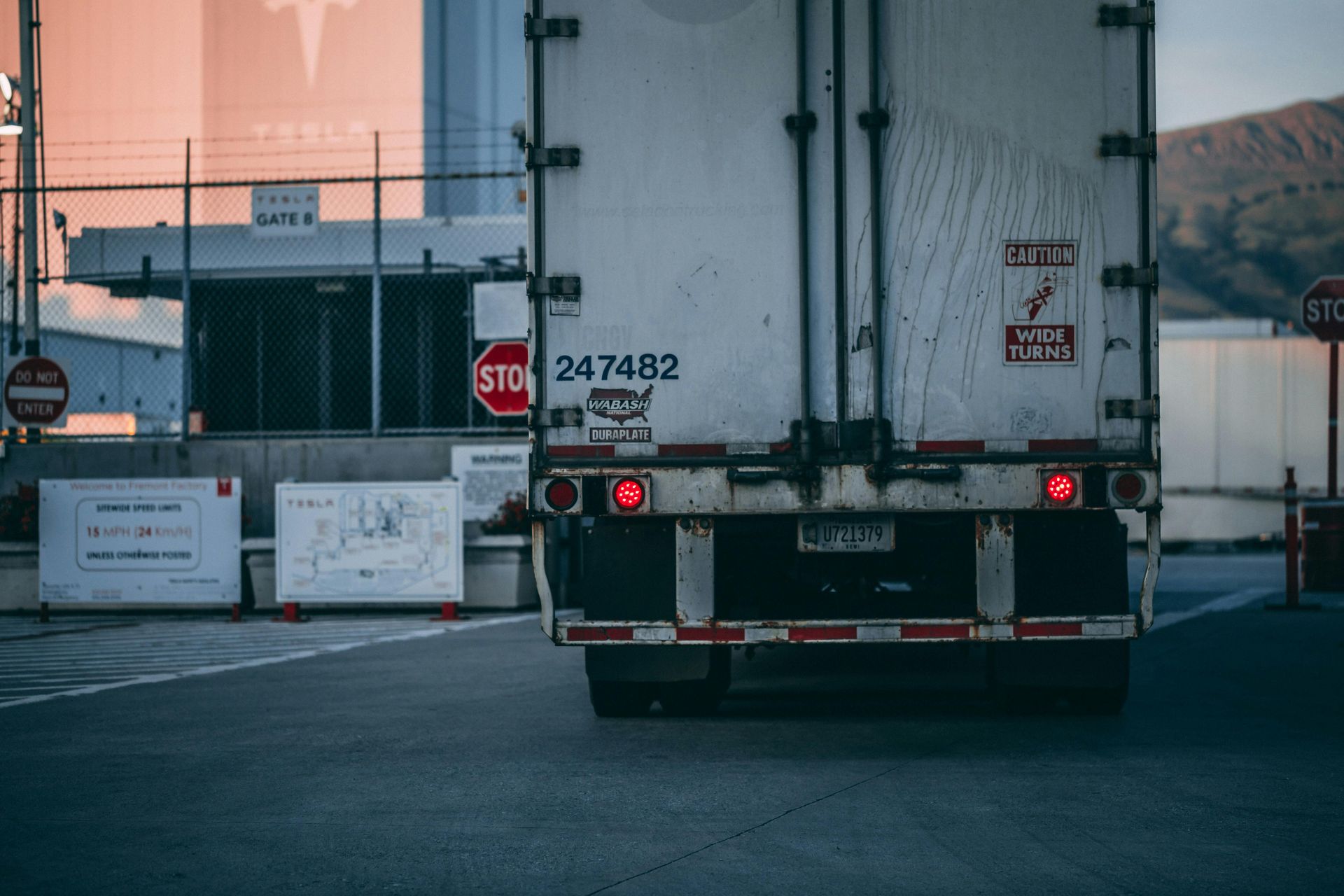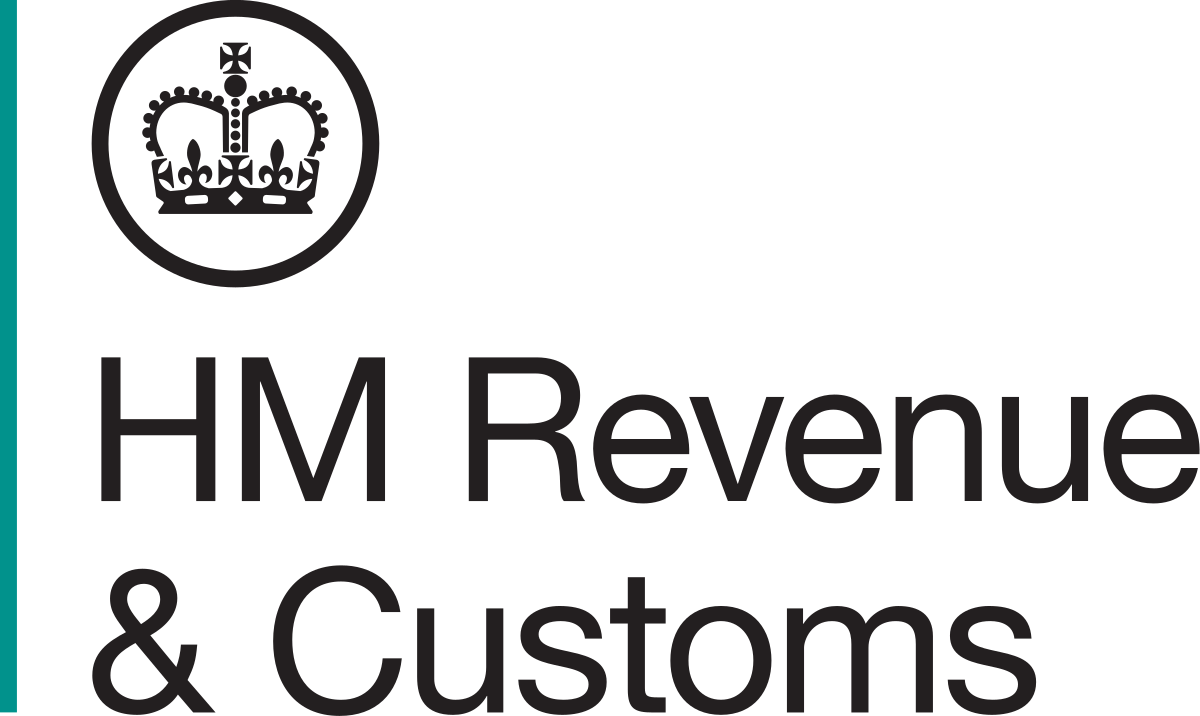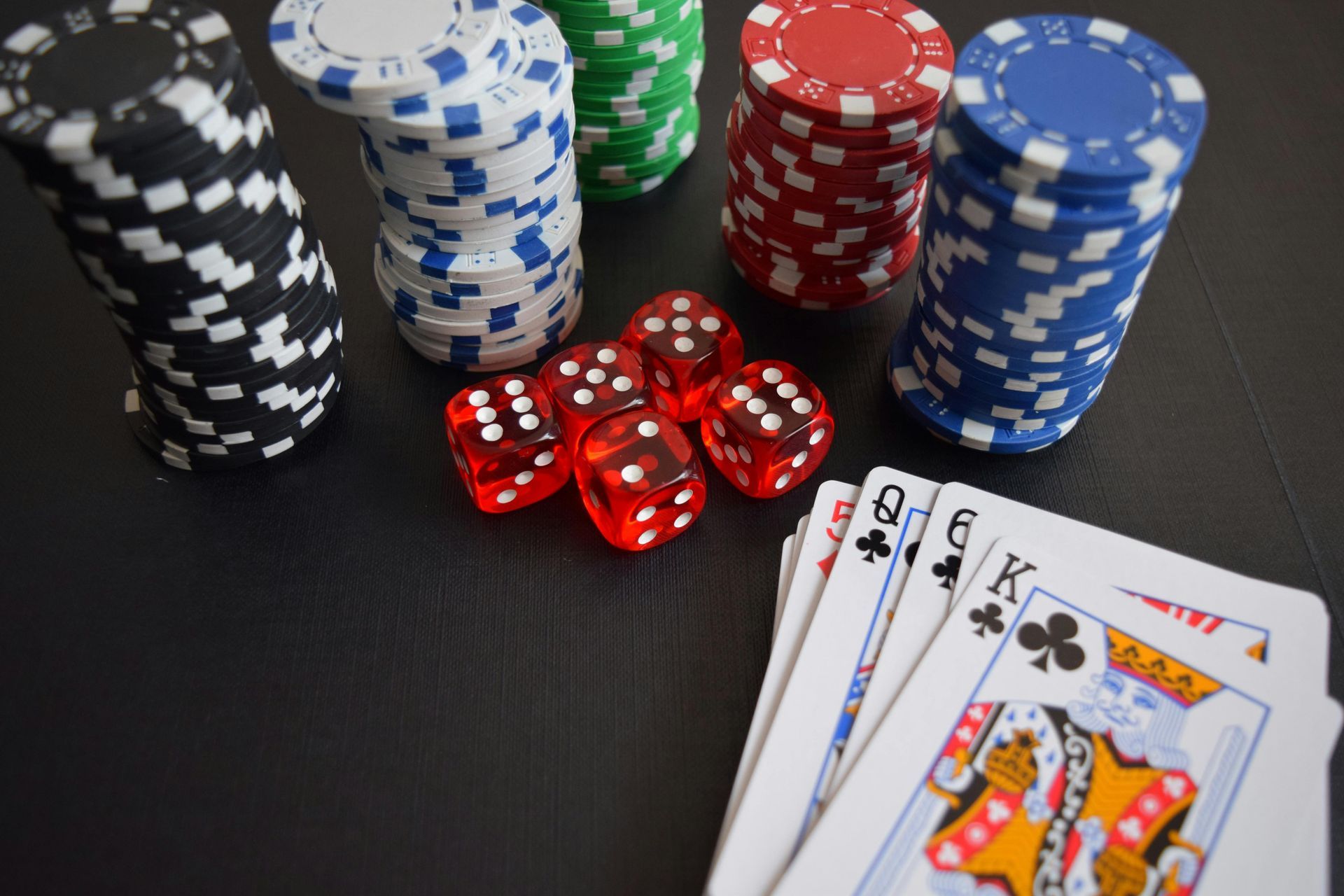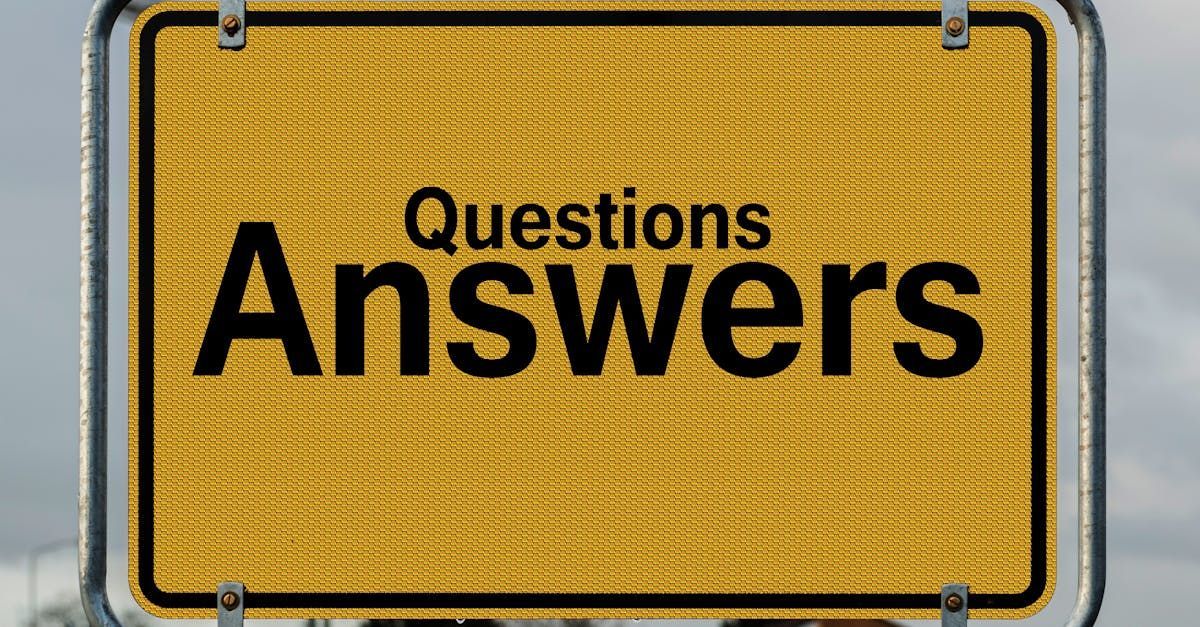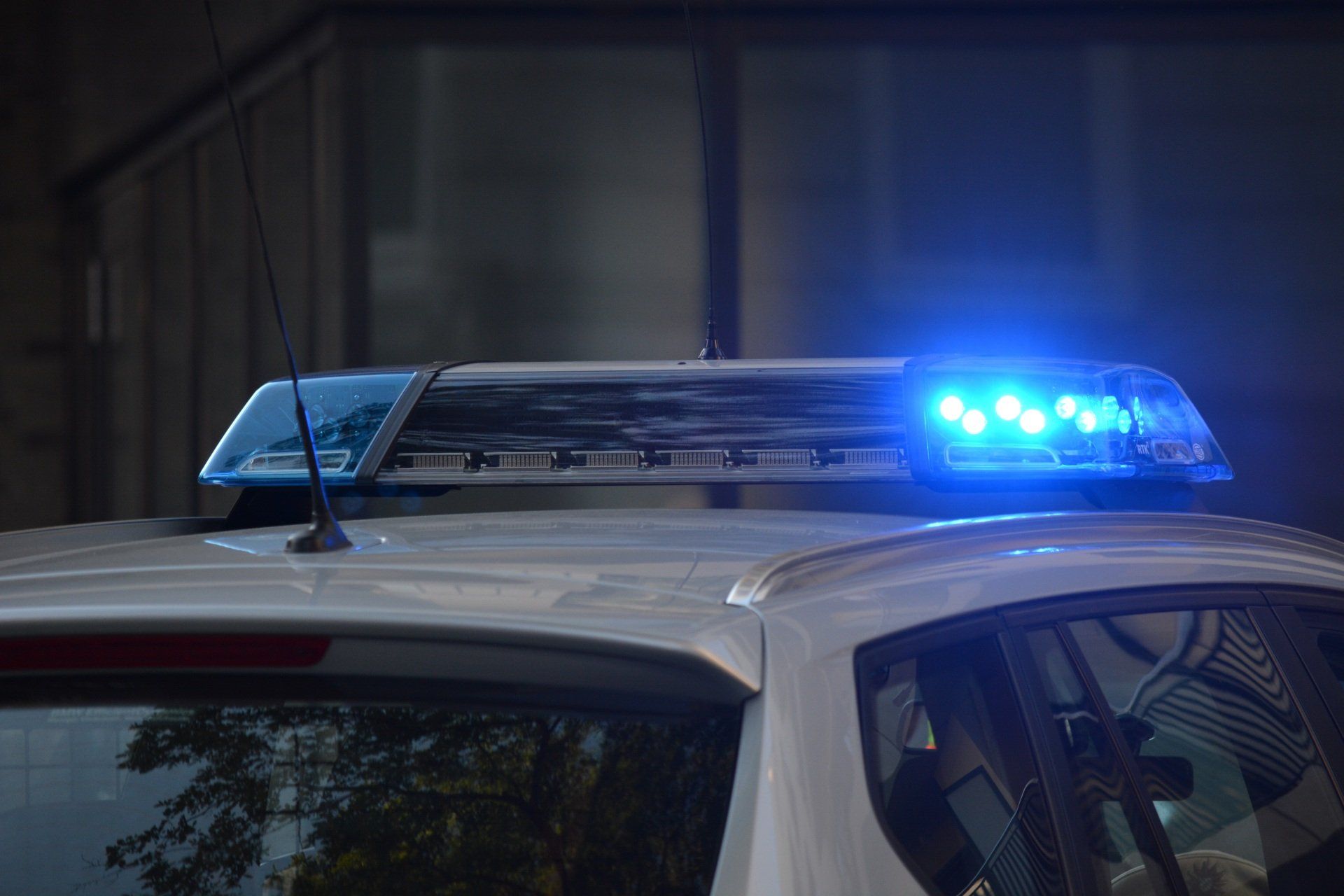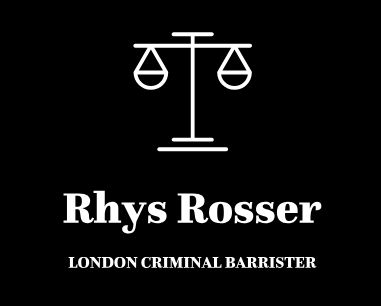Cell Site - Evidence and Limitations
Mobile Phone evidence is regularly relied upon in criminal prosecutions. As well as being used to show the nature of contact, it can be used to locate the sim card or the device.
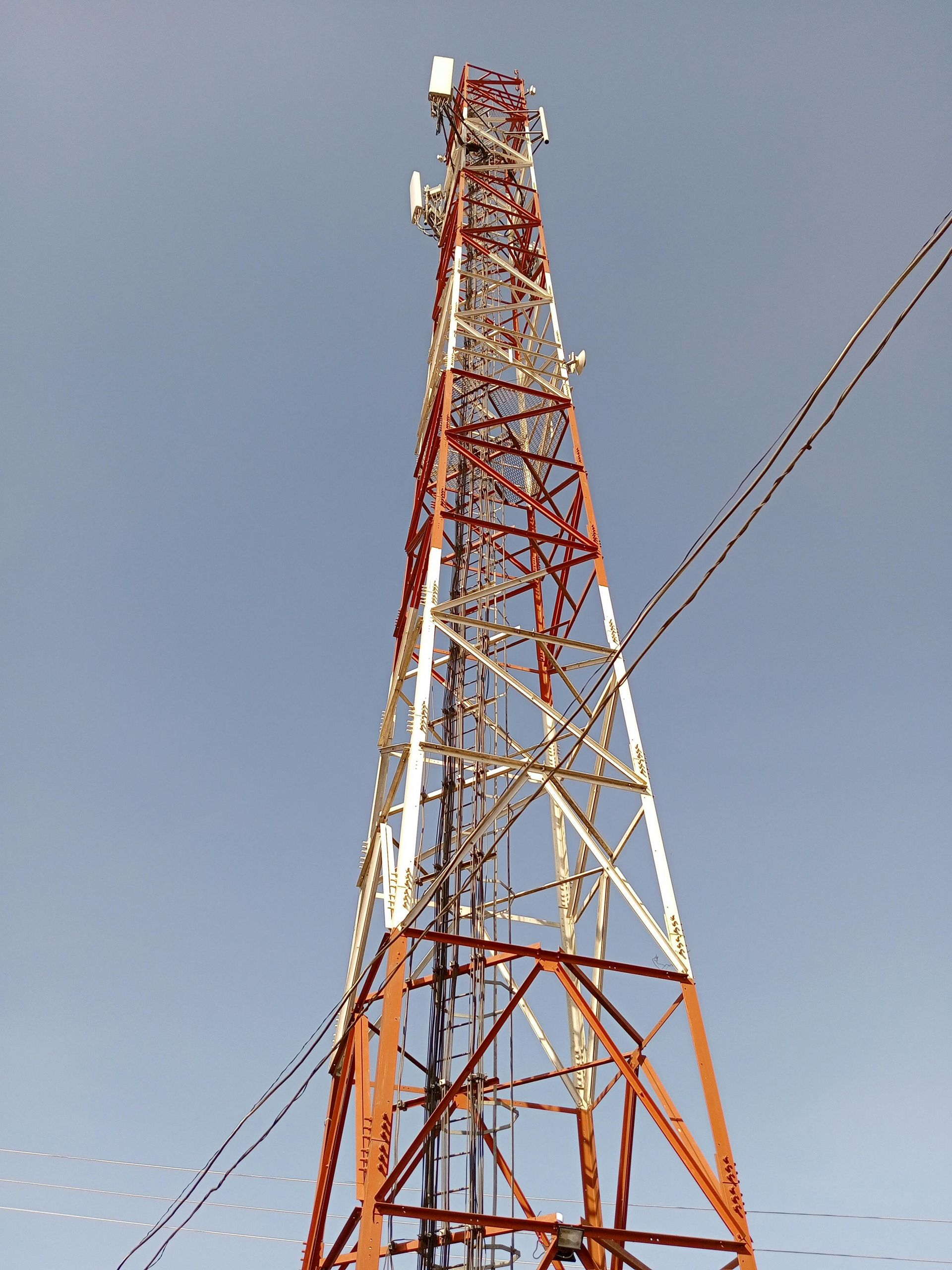
Cell-site Evidence can be extremely damaging, ordinarily in cases involving drugs supply. However, the evidence is not as strong as people tend to believe. The evidence is usually obtained from the call data records (CDRs) of a device that is attributed to a user. The CDR will show which cell a device is connected to, a cell may be a large mast or it may simply be a smaller mast attached to the side of a building.
Whenever a mobile phone connects to a network, it will create a record of the cell it connected to. This will include a phone call, a text message or a data session. This means that a phone number can be mapped. When the cell connects, it will also create a record of which azimuth it was connected to. Each cell has three azimuths, this means that a 120 degree direction can be ascertained from the cell.
However, there are various limitations on this approach. A mobile phone will not necessarily to the cell which is closest geographically. It will depend on many factors, including but not limited to the following:
- The network;
- The number of other individuals utilising a cell;
- The topography (i.e. the structure of the land).
CDRs can also be used to set out if SIM swapping has taken place, this is where the holder of a SIM card is moving their card between different phones. This is often used to ascertain whether attempts are being made to hide a phone or to demonstrate that an individual is using a SIM card in their personal phone and another phone.
Radio Frequency Propagation Survey
It is not possible from cell-site to state that a specific cell will cover an area, in order to do this a Radio Frequency Propagation Survey must be carried out. This means visiting the site and measuring which specific cell serves the area. This means that a map can be completed showing which mast serves the relevant location.
The main purposes of a RFPS are as follows:
- Seeking to establish an alibi location, i.e. explaining that a phone could have been at a different location to that where an offence is alleged to have occurred;
- To challenge the assertion that a phone was present at the scene of an alleged offence i.e. whether the relevant cell does serve that location;
- To challenge the bed and breakfast, i.e. establishing if a so-called “bed and breakfast cell” does indeed serve the relevant address.
Bed and Breakfast Cells
You may have heard of bed and breakfast cells, this is where an analyst will look at where a phone us used first in the morning and last at night. This is used to suggest that this location is where an individual resides.
Co-Location
Often, an individual will accept they have a personal number but will deny attribution of another phone. Co-Location means that the devices can be mapped together to show how often they use the same cell, or alternatively to show the devices travelling to and from the same location. This can be compelling evidence to attribute devices.
ANPR Evidence
Automatic Number Plate Recognition evidence can be used alongside cell-site, this is to show the movement of a vehicle at the same time as a mobile phone device. Again, this can be compelling evidence to paint a picture of movement location. ANPR is evidence of a vehicle being triggered at different sites on the road network.
What Can't Cell-Site tell us?
- It cannot tell us precisely where a device is, it can simply show us the general area or provide an inferred route;
- It cannot tell us who is using a device;
- The CDR will be linked to an IMEI ordinarily, so it may only show the sim-card rather than the specific device;
- It cannot tell us what was being said during a phone call.
Whilst not a "cell-site analyst", Rhys is regularly instructed in cases involving complex cell-site data and is experienced in challenging the conclusions made by police analysts.
Fill in the Below to Contact Rhys and to obtain legal advice
